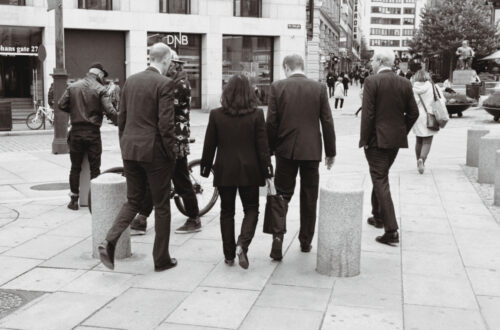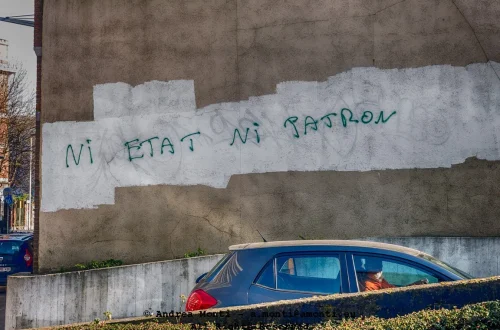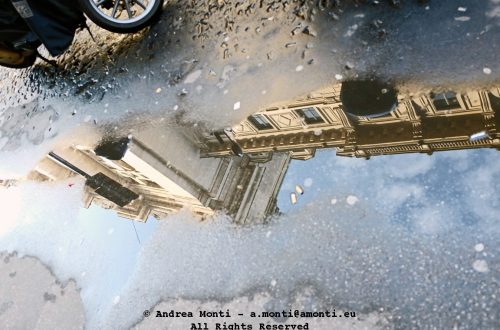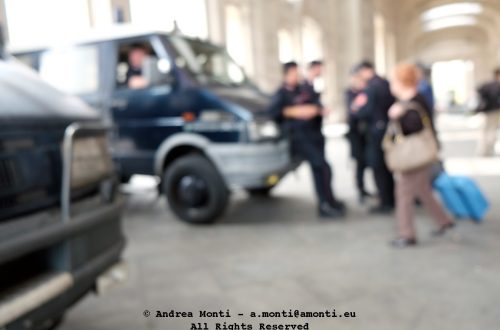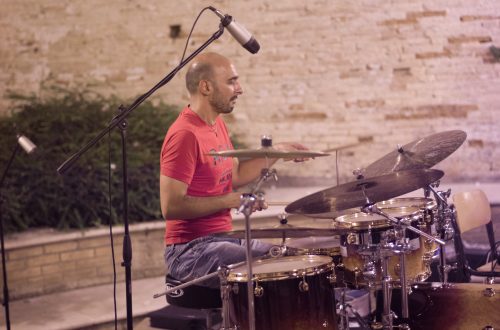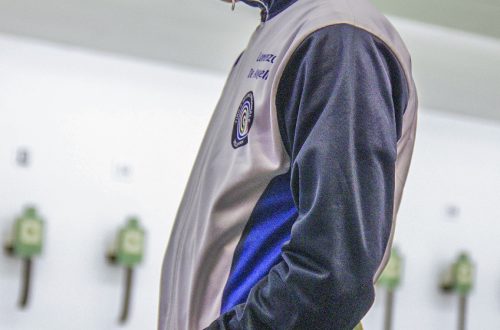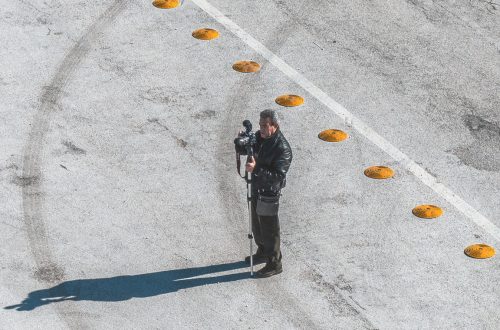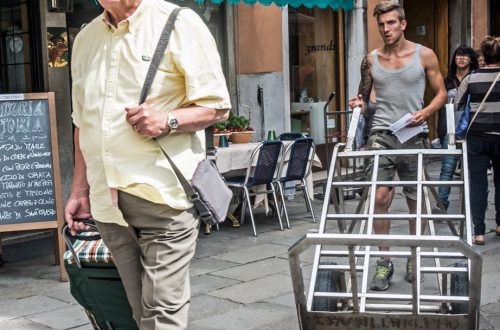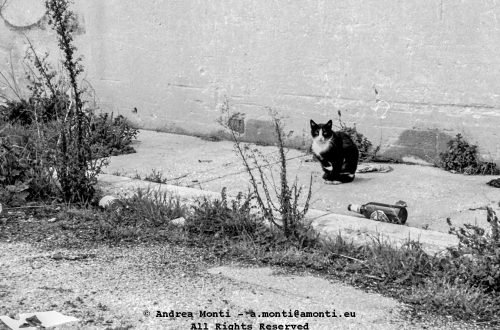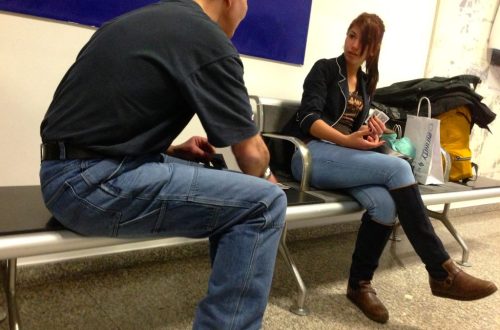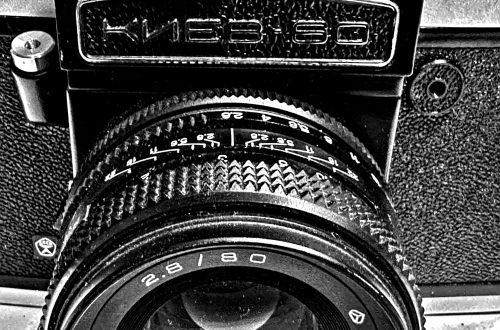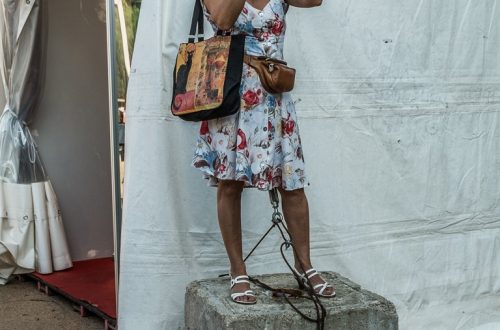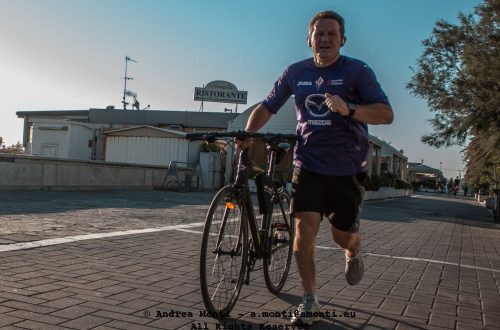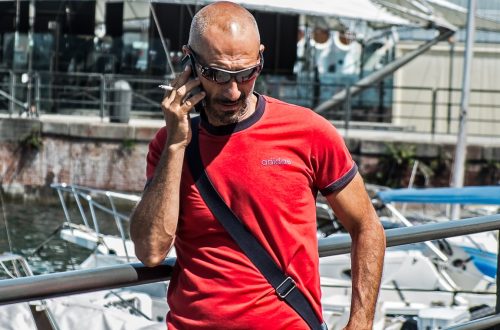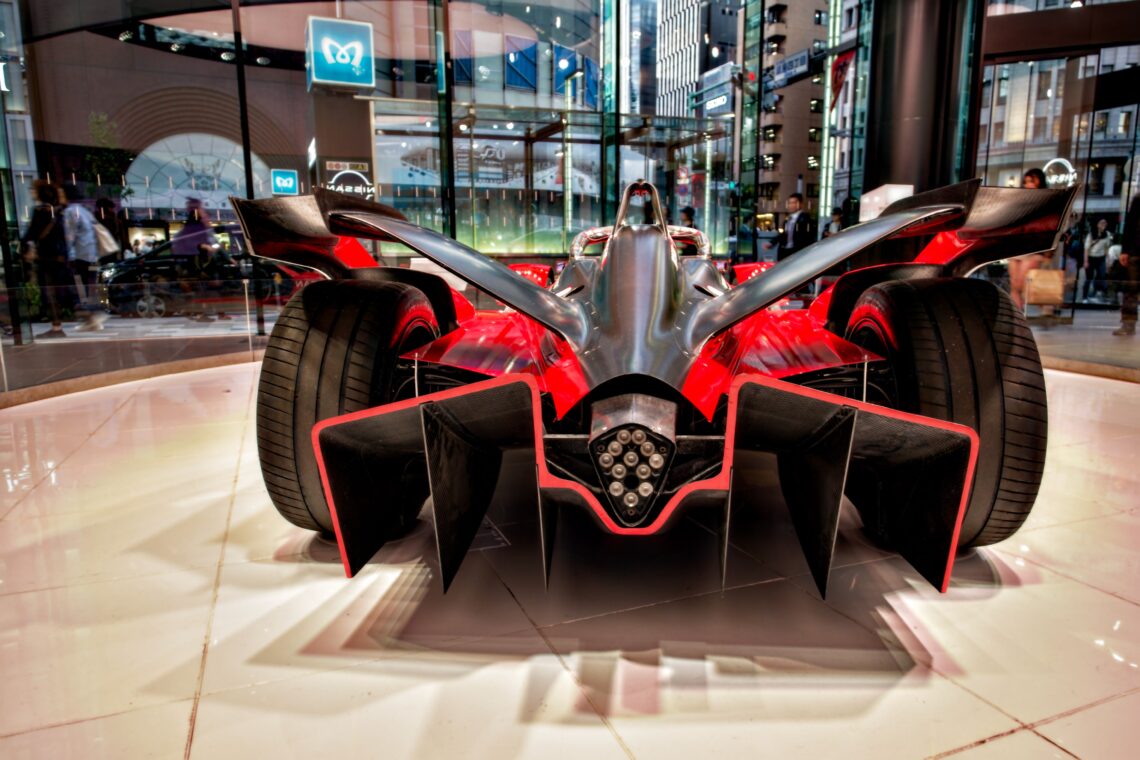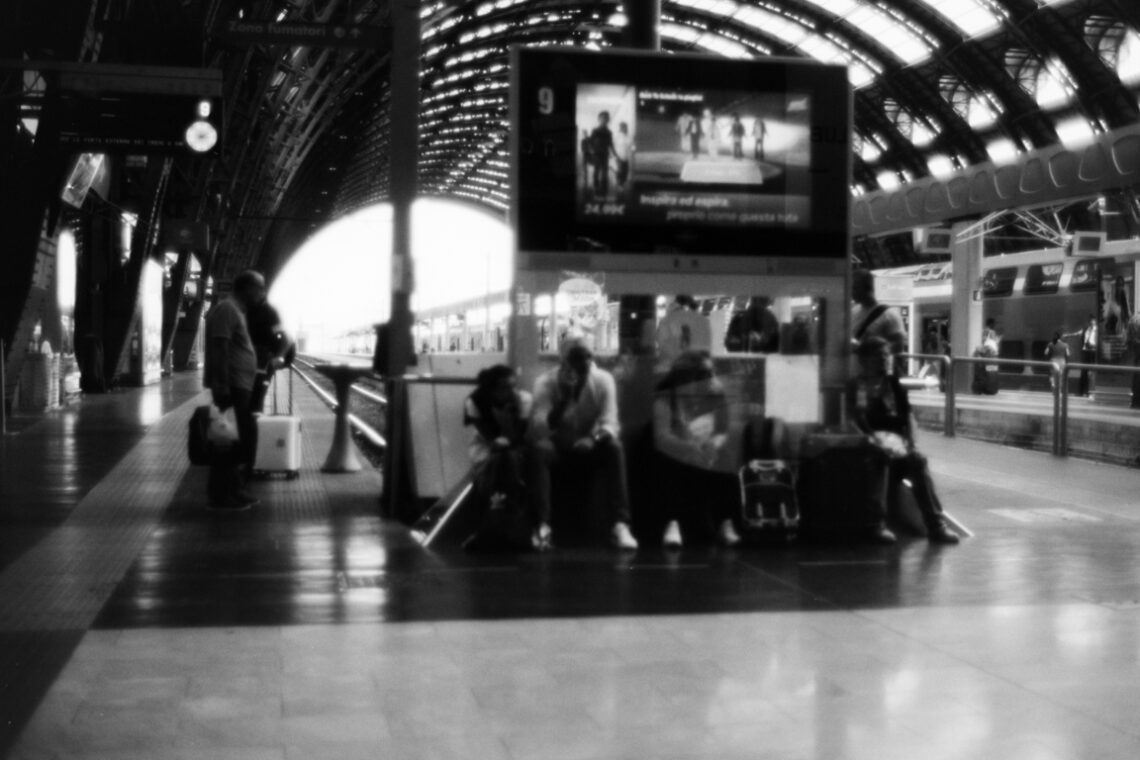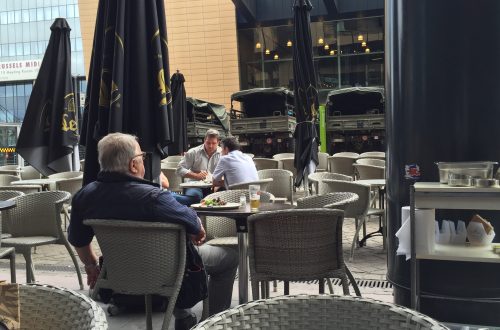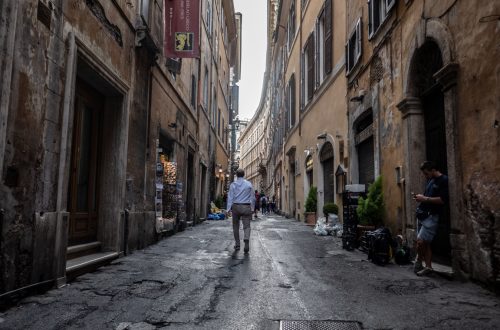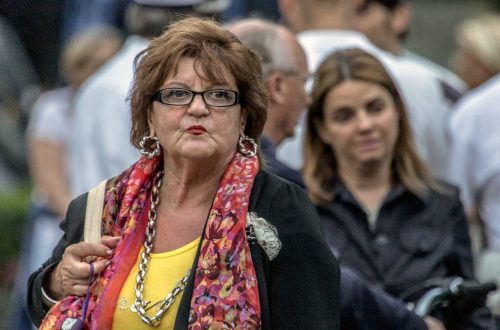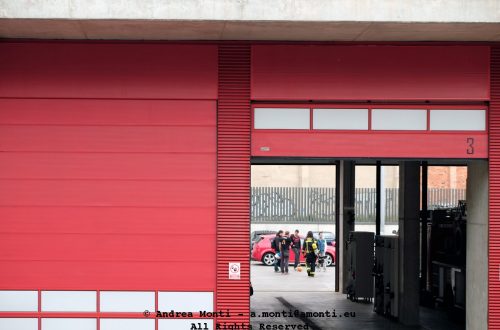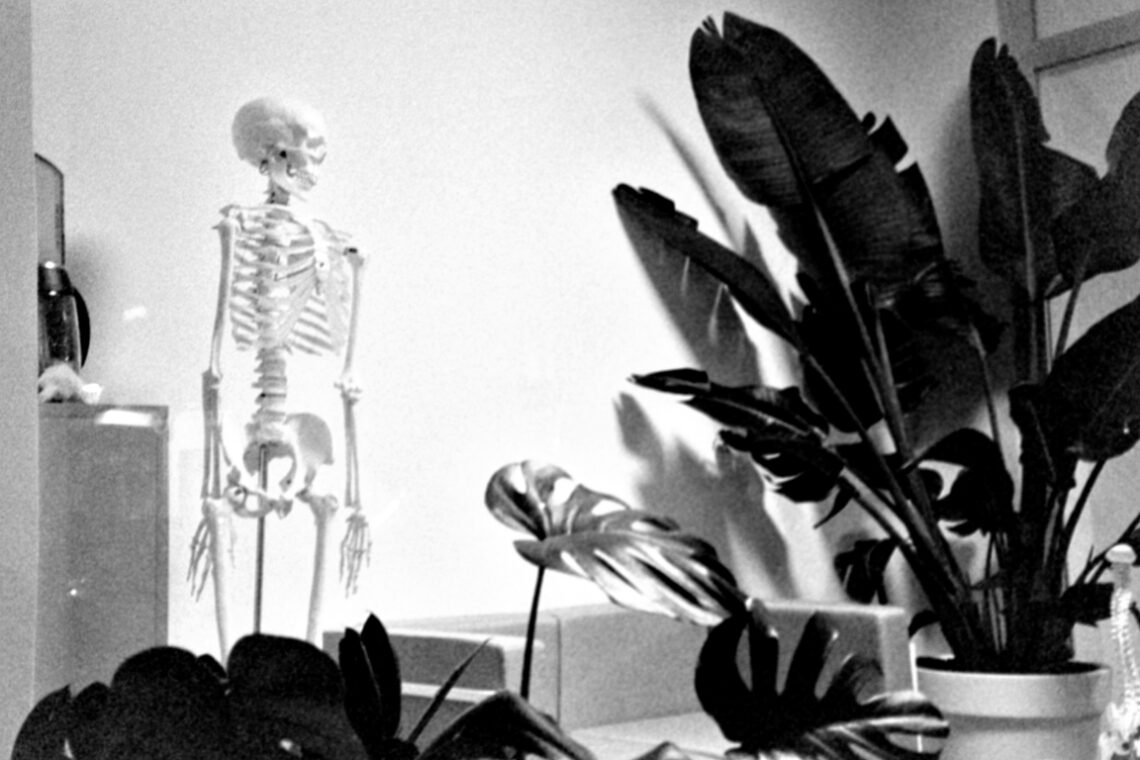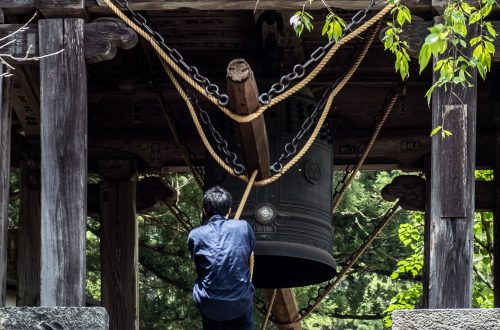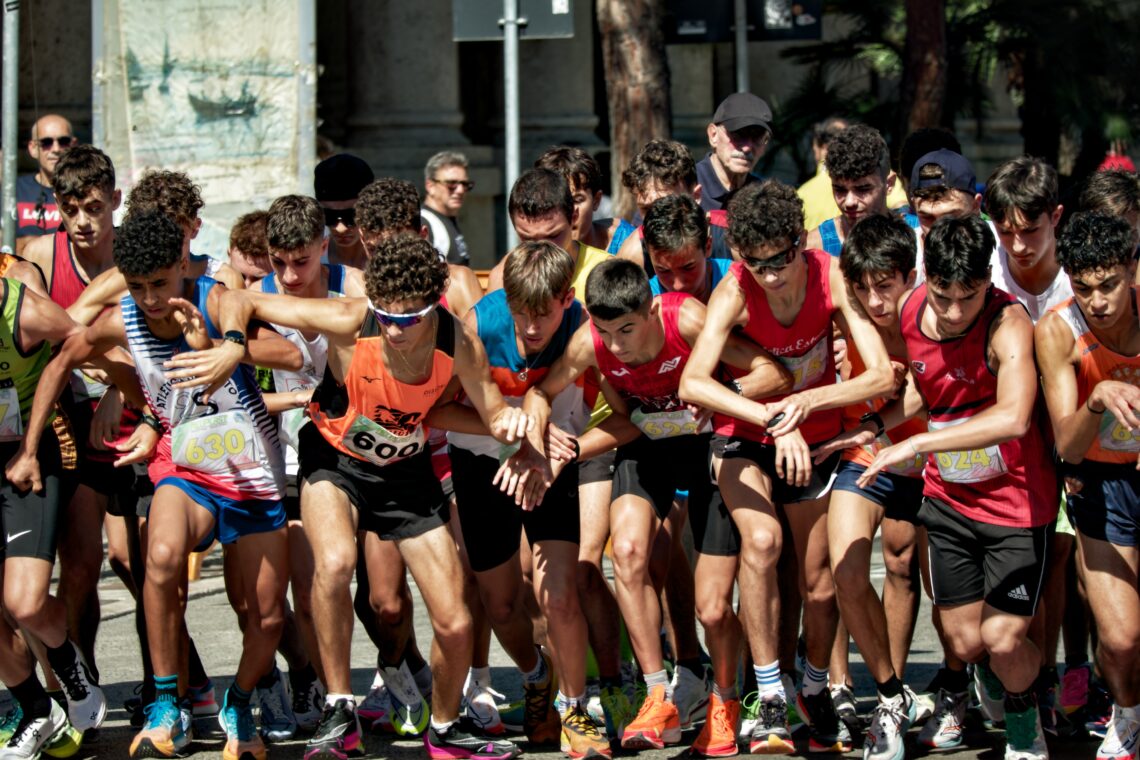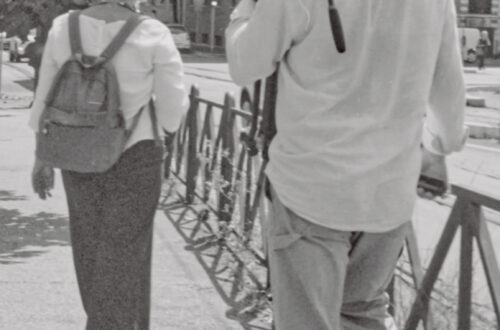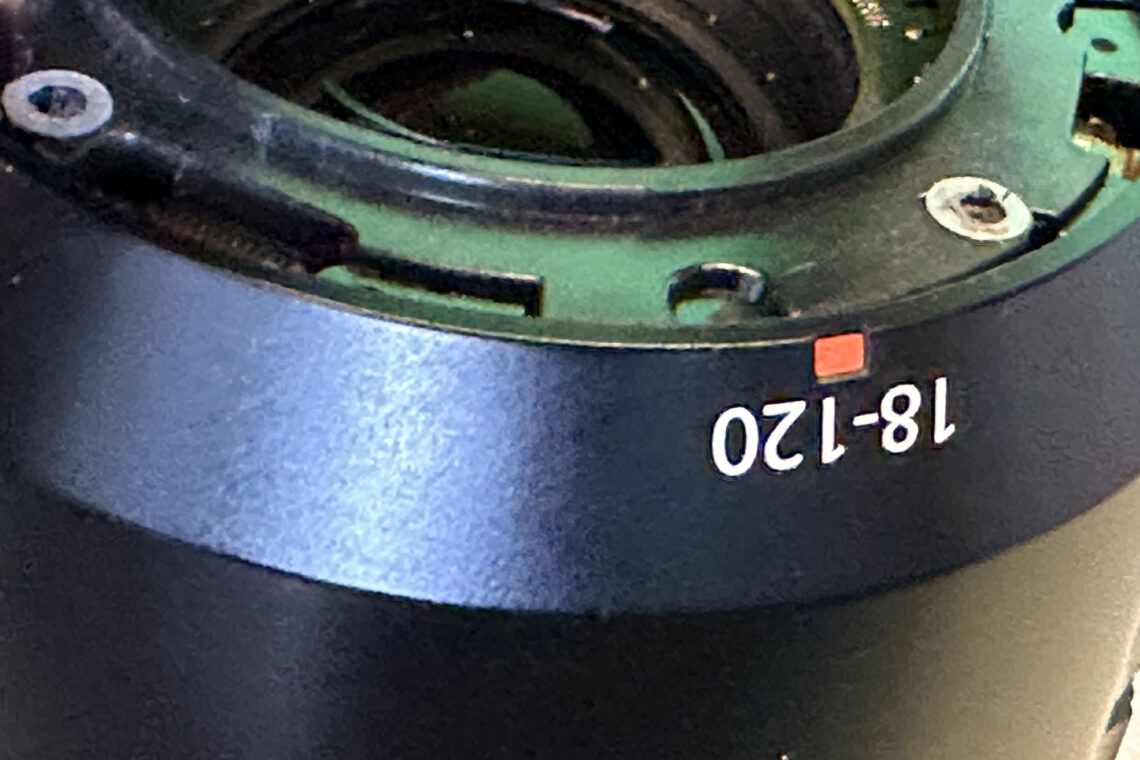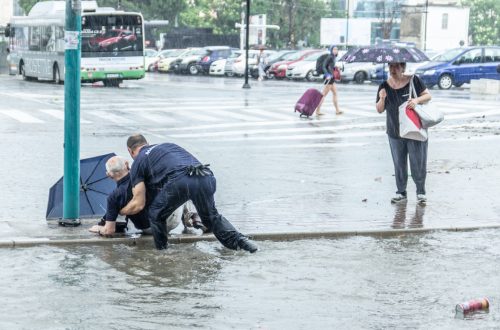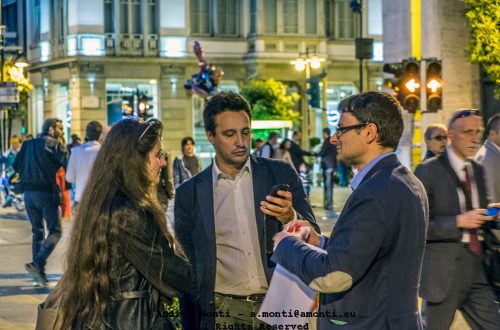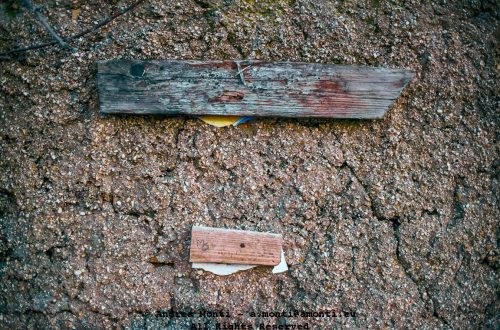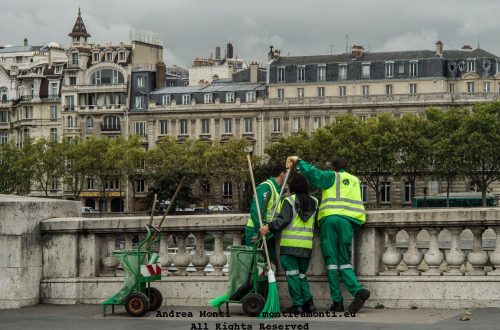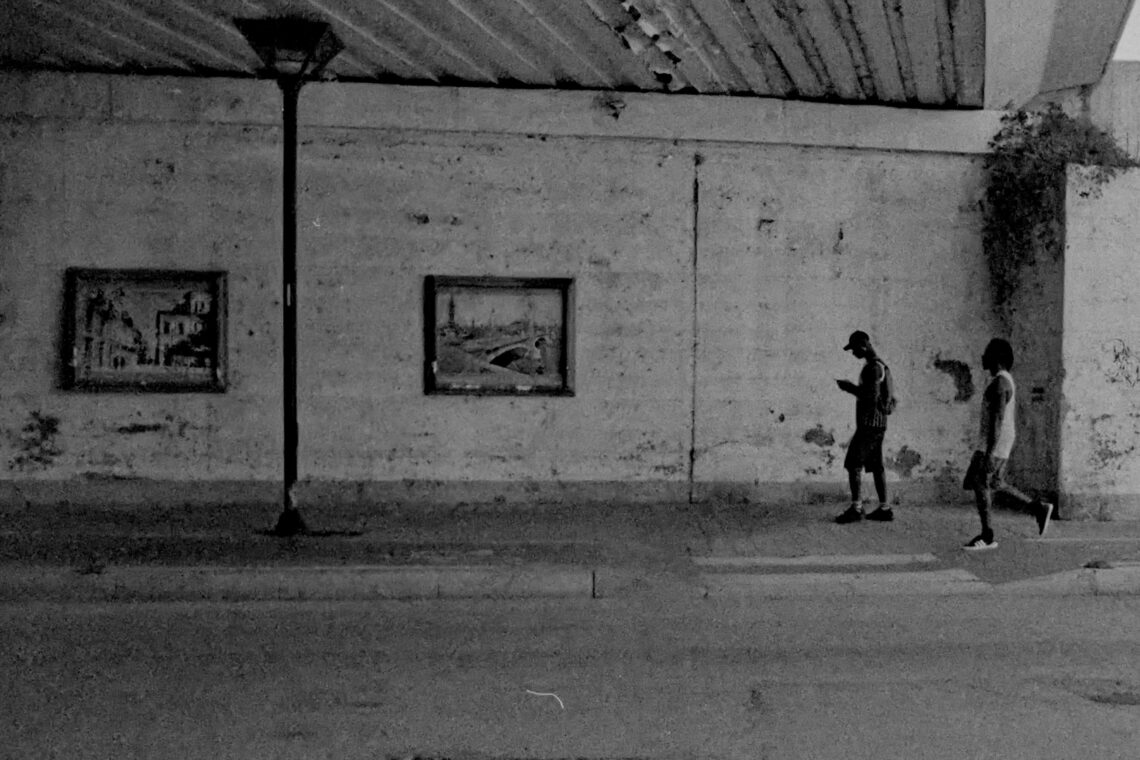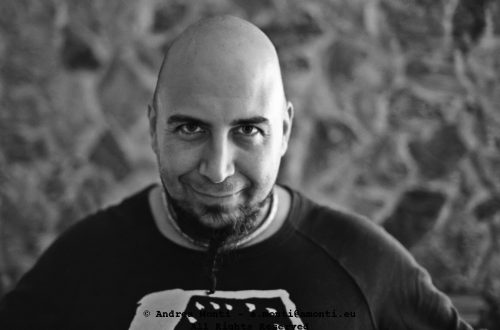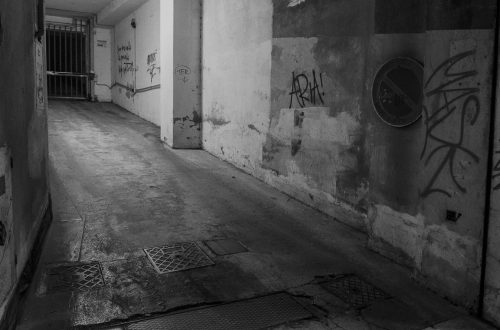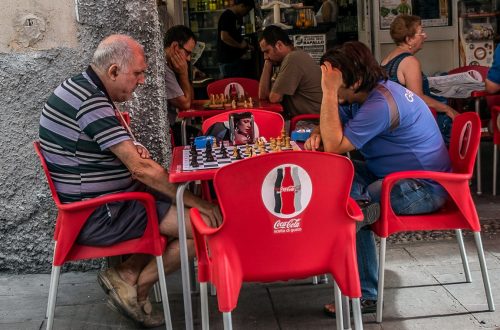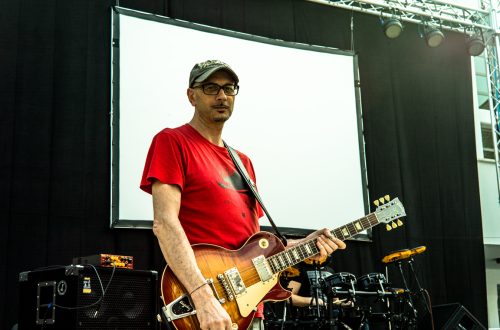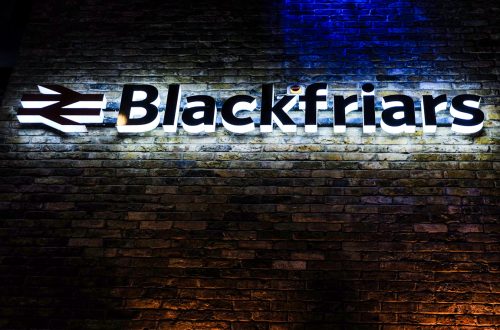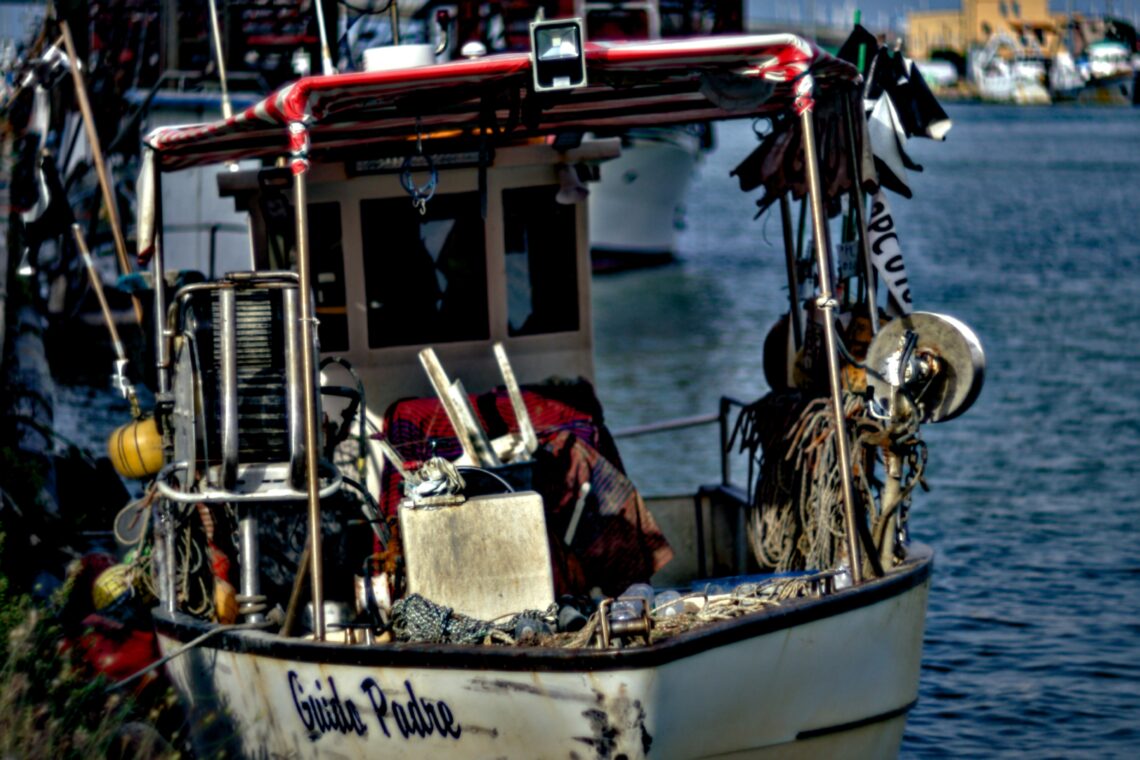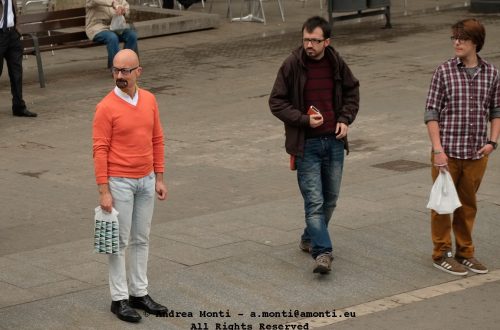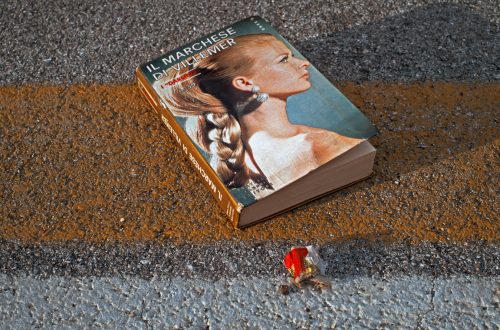-
Yet Another WDISF Post
Yes, this is another ‘why do I shoot film’ post, and no, the answers are not ‘because it slows me down’, ‘because it connects me to the act of taking pictures’, ‘because I love the unique feeling of analogue images’, ‘because the inherent limitations of a film camera inspire creativity’, ‘why not?’ or any of the other common (and perfectly legitimate) reasons usually associated with the question. In addition, the wide range of post-processing options available to make a digital image look like an analogue one, even in terms of film emulsion, satisfies the need to produce an image with the ‘personality’ of a specific film. So, even the idea…
-
How to Shoot Stand-up Paddle Competitions
Shooting Stand-Up paddle is complicated because, like in motor sports, things go on largely even until, all of a sudden action erupts. In other words, boredom is the first and foremost enemy of the photographer: it shuts down concentration because it is not possible to keep the focus (pun unintended) for too long. It may worth shooting a single athlete, for instance capturing an intense moment or a fall. However the final result will become more interesting if there is something (or somebody) else in the composition. The first key moment in an SUP challegne is the start. Once the signal is given, the athletes start running a few steps…
-
Photography and the Importance of a Proper Training
In photography, among the various activities falling under the ‘preparation’ label, training is oftend underevaluated. Just as many newcomers to the world of guns think that buying expensive equipment will make them better shooters, many photographers think that mastering a bunch of exoteric camera settings will be enough to get decent pictures. This is summed up in a common piece of advice to novice shooters (of both guns and cameras): get out there and shoot. Results will just happen. I have nothing against a ‘Zen’ approach to things, based on instinct and intuition, but my Western, Benthamite mind does not allow me to forget that preparation is necessary to achieve…
-
Actors, Autumn, B&W, Bruxelles, Colour, Daily photo, Fighters, Fighting Disciplines, Photography, Spring, Summer, Winter
What Does ‘Professional’ Mean in Photography?
Pro’ is the photographer’s blessing and curse. It is the status we all – well, many of us – aspire to. It is the marketing gimmick created by the exploiters of the Gear Acquisition Syndrome to make people believe that tools make the craftsman. ‘Amateur’, on the other hand, is a word associated with casual photographers, ‘wannabe’ artists, and people who want to make you believe that tools make the craftsman. I have always been unconvinced that such a difference exists, at least in the general meaning associated with the words ‘pro’ and ‘amateur’, and in relation to the idea that the equipment used or the quality of the shots…
-
Creativity vs Originality
Is the photo above creative? Is it original? Well… yes and no. It is certainly original because I ‘in person’ took it, and it is creative because – regardless of the aesthetic result – I took the time to arrange all the elements (composition, light, etc.) in a coherent moment —and I have the film negative to prove it. On the other hand, it is neither original —as in ‘unique’— nor creative because the same photo can be found here and maybe elsewhere on the Internet. Obviously, the linked photo it is not ‘the’ same as mine, because it is clear that they were taken at different times and places (mine was…
-
Pentax – In Praise of Usability of Cameras and Lenses
The Internet is full of columns and videos about why ‘I left brand X for brand Y’, magnifiying this or that ‘new feature’ that forced a photographer to ditch his previous setup in favour of a brand new one. Sometimes there is a genuine motivation behind such a choice, sometimes – often – it is just a clickbait set up by the need (or hope) to monetise a piece of content published on a social network. This long introduction violates the golden rule of journalistic writing – tell the reader what’s the matter in the first paragraph or so – but it was necessary because this article is exactly that:…
-
An Exercise in Composition (was: Rowing Boats)
Initially, I took this photo to document the poor state of a rowing teams’ dock. The idea was to praise the passion of this small group, who in the indifference of the general public, keep this discipline alive in a town, where soccer reigns supreme. However, when I saw the photo, it was the composition that attracted my attention: a classic example of the use of converging lines to drive the eye of the viewer. My only regret is that I failed to frame the small boat on the right, missing its bow. Had I been shooting digitally, I would have checked the result and retake the photo. Film, by…
-
A few test shots with an MC Cosinon T200/4
This lens has several shortcomings. It has a pronounced coma and the focus barrel requires a considerable amount of turning to get it right, thus making it challenging to fast focus when you need to. Camera sensor clearly influences colours’ rendition. Despite the ‘personality’ of this lens, the overall picture’s feel is clearly (to me, at least) that of the classic ‘cold’, slightly bluish Pentax (or, should I say, Sony) sensor. At f4 (all the images published here were taken at this aperture), the bokeh is pleasant. Nothing exceptional, but for a lens that sells for around 15 euros, the results are good enough. That said, a core question, asked…
-
Different Stories
Taking ‘static’ pictures, such as those of buildings and other architectural structures, can be quite challenging, as it is easy to fall into obvious, already seen compositions that rob the shot of any individuality.One of the things that can make an otherwise dull image more interesting is the presence of some kind of action that blends in with the stillness of the environment.In this case, the woman on the phone is in exactly the same position as the model on the billboard. Only they are telling two different stories.
-
As Seen on Ferrania Film’ Stories section…
A selection of the pictures I took this year in Boston and Tokyo has been published on the official Film Ferrania website, in the ‘Stories’ section.
-
An experiment with Dall-E, ChatGPT and a Nissan S8
This is an experiment based on a picture of a Nissan S8 taken at the Nissan Crossing in Ginza.First, I asked Dall-E to describe what he ‘sees’. Then I started asking questions to locate the place where the showroom should be, being careful not to give any hints.ChatGPT did not give a correct answer on the first try, but eventually it did. Me: Describe this photo ChatGPT: This photo features a futuristic-looking race car displayed indoors, presumably within a showroom or an exhibition space. The car is designed with an aggressive aerodynamic shape, with large, protruding front winglets and an expansive rear wing, characteristic of high-speed, high-performance vehicles, possibly a…
-
How Privacy Hysteria Killed Street-Photography
At other times I would have dismissed this image as ‘out of focus’ and unusable. Just another missed shot caused by poor focusing technique on a fully manual film camera. Nowadays, however, I have begun to change my attitude towards these kinds of blurred images because of the privacy hysteria affecting the practice of street photography. There have been cases where people have been found guilty of harassment for covertly taking pictures in public spaces, but street photography has nothing to do with criminal behaviour. There is a huge difference between taking sneaky, random, meaningless pictures of people on the street and trying to freeze sketches of life to tell…
-
The Kiev 60 and a fix for the frame spacing issue
There are several fixes for the Kiev 60‘s frame spacing problem, from taping the film spool to making it thicker to fine-tuning the film transport mechanism. However, while these solutions may work well, they are not guaranteed to work all the time.Master Adriano Lolli found the Columbus egg in one of his masterstrokes: he drilled a hole in the back of the camera in the exact position where the frame number appears and applied a red filter, just in case. In this way, after the first full exposure, the shutter could be cocked in tiny increments until the film number appeared in the hole. The only drawback of this solutions…
-
AI or not AI?
The original title of this photograph was ‘When the wait to see the doctor is too long’, and it was intended to illustrate how the ‘framing’ of an image into a particular concept changes – or creates from scratch – its overall meaning.However, when a friend of mine saw it, he commented, ‘Is this made by AI?’ Making a pun with my initials, I replied ‘No, it is not AI, it is AM’.Joking aside, what made me think is that this image could not have been further from being AI-generated: it was shot on film, with a twenty-year-old point-and-shoot camera loaded with a fifteen-year-old Ilford HP5 400 roll, yet it…
-
On Composition. Or: the eye sees what the mind is prepared to comprehend
This shot, taken during the Italian Road Running National Championships, is a fair application of the French philosopher Henri Bergson aphorism to composition: the eye sees what the mind is prepared to comprehend. In fact, although there is not a direct, cause-and-effect relationship between this image and renaissance painting, the learned observer may find some connection with works such as, for instance, Michelangelo’s Battaglia di Cascina. The connection between present and past may be loose, but this does not affect the principle. When I framed the shot I something ‘clicked’ in my mind and I instinctively decided to press the button. Photography (at least in all its variations, such as…
-
Fujifilm XF 18-120 just snapped in two
Everything breaks down eventually, but there are different kinds of breakdowns and different kinds of reasons for them.On the one hand, you cannot expect a product to be indestructible and you must take proper care to maintain its efficiency. As I said, it will break eventually, but probably not in an unexpected way.On the other hand, when you buy a ‘professional’ or simply an expensive product, you expect the overall quality of the build to match the price.Enter the Fuji XF 18-120. It costs around 900 Euros. Not a steep price compared to Leica, Zeiss or even Canon lenses, and far more expensive than Chinese brands such as Viltrox (which…
-
The Expired Film Series – Episode 4 – Ferrania Solaris 100 – Dec. 2006 shot in August 2023
This is the fourth episode in a series documenting the use of expired film in various contexts. Episode 4 features a Ferrania Solaris 100 shot with a Voigtländer Vitoret DR and a Color Lanthar 50/2,8 in the vicinity of the sea of the city of Pescara (Abruzzi) .The film was overexposed by one stop as it is customary with expired film to allow more light to impress it.The results are just subpar, however the pictures have some sort of ‘individual’ trait.
-
The Expired Film Series – Episode 3 – Ilford HP5 400 – Dec. 2010 shot in August 2023
This is the third episode in a series documenting the use of expired film in various contexts (mainly in Rome, Italy). Episode 3 features an Ilford HP5 400 shot with a Pentax ME Super and a smc Pentax A 28/2,8 in various parts of the city of Pescara (Abruzzi) . The film was overexposed by one stop as it is customary with expired film to allow more light to impress it. The results are subpar and also in this case the blacks lack details and pictures show severe grain.
-
Hidden in Plain Sight. A Japanese Journey
Although I have a lot of pictures from my various trips to Japan, organising them into a book is a challenge. The photos themselves are good enough to deserve publication. However, most of them are affected by a ‘déjà-vu’ effect. People on the subway, crowded crossroads, striking contrasts between modernity and the past, or between rural areas and highly urbanised ones, pop culture vs. business culture… no matter how hard I try, every single photo gives the feeling that someone has already done it. I am neither an anthropologist nor an expert on Japanese society, so I have no reasonable explanation for this feeling. Perhaps it is simply a matter…
-
The Expired Film Series – Episode 2 – Ilford XP2Super 400 – Nov. 2017 shot in May 2023
This is the second episode in a series documenting the use of expired film in various contexts (mainly in Rome, Italy). Episode 2 features an Ilford XP2Super 400 shot with a Voigtlander Bessa R2 and a Voigtlander Nokton 35/1,4 in Rome (IT), between Colle del Quirinale and Piazza di Montecitorio. Also in this case, but this time by mistake, film’s ISO and the exposure compensation were not adapted to allow more light to impress the film. Once again, the blacks lack detail and show severe grain.
-
The Expired Film Series – Episode 1 – Kodak BW400CN – Dec. 2014 shot in June 2023
This is the first episode in a series documenting the use of expired film in various contexts (mainly in Rome, Italy). Episode 1 features a Kodak BW400CN shot with a Nikon 35TI in Rome (IT), between Piazzale Flaminio and Piazza di Spagna where the world premiere of the latest Tom Cruise motion picture —Mission Impossible: Dead Reckoning— was going to be held. As the Nikon 35TI does not allow one to ‘pull’ film’s ISO and the exposure compensation did not work, it was impossible to overexpose the pictures. As a results, the blacks lack detail and show severe grain. Legal Notice Reuse is free for pro bono personal and educational…
-
Helios 40-2 85/1,5 and Fuji X-T5: a sample
Shooting with the Helios 40-2 is always a slightly unpredictable experience, and that’s part of the charm. Mounted on the Fuji X-T5, the combination produces a character you simply don’t get from clinically perfect modern glass — here, the swirly background bokeh and slightly dreamlike rendering are as much a statement as the subject itself. This fishing boat sat in just the right light to make the most of the lens’ quirks. The midday sun was still high, harsh enough to create deep shadows but angled enough to give the hull and rigging a degree of texture. The exposure leaned toward protecting highlights on the water and white paint, which…
-
FUJIFILM X-T5 RAF have problems with Affinity Photo 2.1
As this video shows, when opened in Affinity Photo 2.1, an RAF generated by a Fujifilm X-T5 shows a vertical stripe and a slightly higher resolution. The problem does not occur if the file is pre-processed with Iridient Transformer and converted to DNG, or if the file is processed with Pixelmator Pro 3, Lightroom Classic or the latest version of Capture One.
-
A pouch for the Fuji XF 150-600
The JJC Deluxe Lens Pouch model 811 fits perfectly with the Fuji XF 150-600 with the handle mounted and the lens hood reversd. It also leaves some room for filters, SD cards or small accessories.









